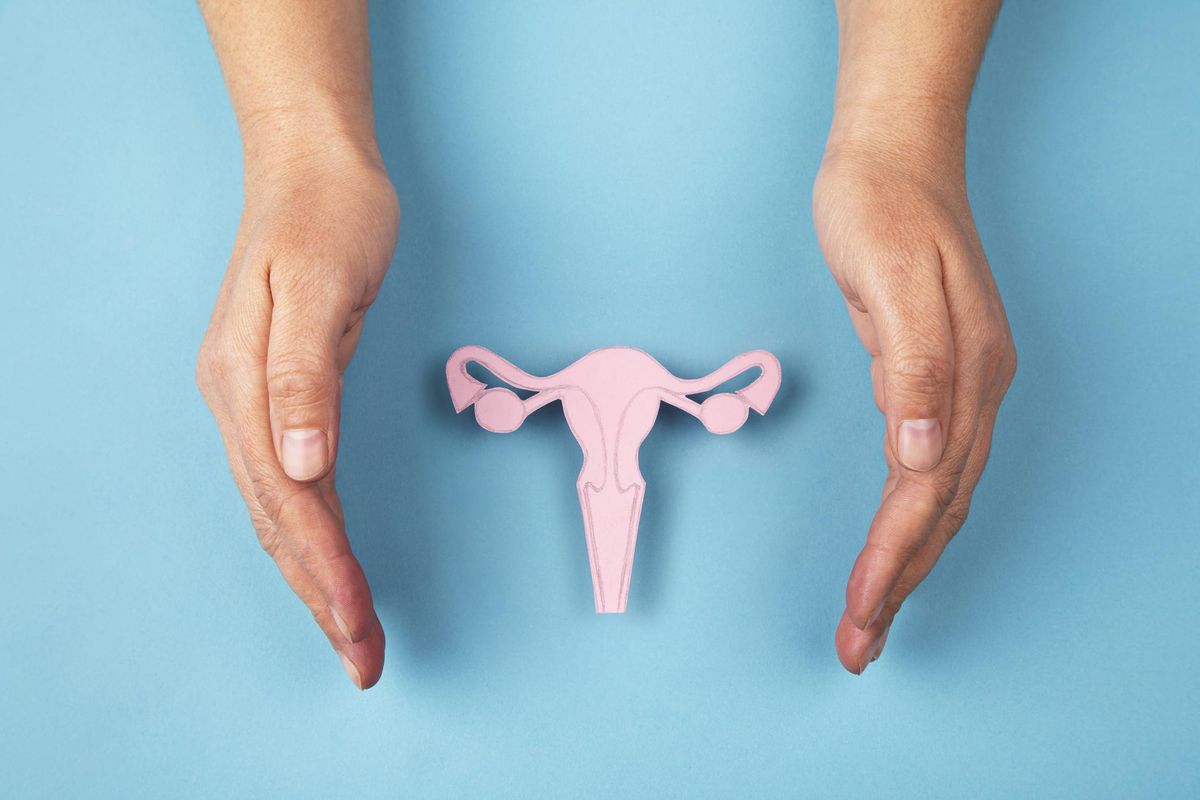
iStock.com/pepifoto
HPV, Cervical Cancer and Cervical Cancer Screening: What Do You Need to Know?
Cervical cancer is highly preventable. The answers to these common questions could help save your life.
Sep 23, 2021
Prevention & Screenings
Cervical cancer is highly preventable. The answers to these common questions could help save your life.
Infection with high-risk types of human papillomavirus (HPV), the cause of cervical cancer, is common. By the age of 50, 80% of women will have had an HPV infection with one or more of 14 high-risk HPV types. Most infections are cleared within 24 months. If the virus isn't cleared and persists, cells may become moderately or severely abnormal (also called pre-cancer). The purpose of screening by Pap and/or HPV testing is to find and then treat pre-cancer to prevent cancer from occurring.
Get the answers to these commonly asked questions about HPV, cervical cancer and cervical cancer screening.
Cold weather offers unique fitness benefits, but exercising outdoors in winter requires smart preparation. Here's how to stay active, safe and warm when temperatures drop.
There’s no cure for primary hyperoxaluria, but early treatment can help slow down the progression to kidney disease
No hay cura para la hiperoxaluria primaria, pero un tratamiento temprano puede ser útil para desacelerar el progreso a una enfermedad renal
